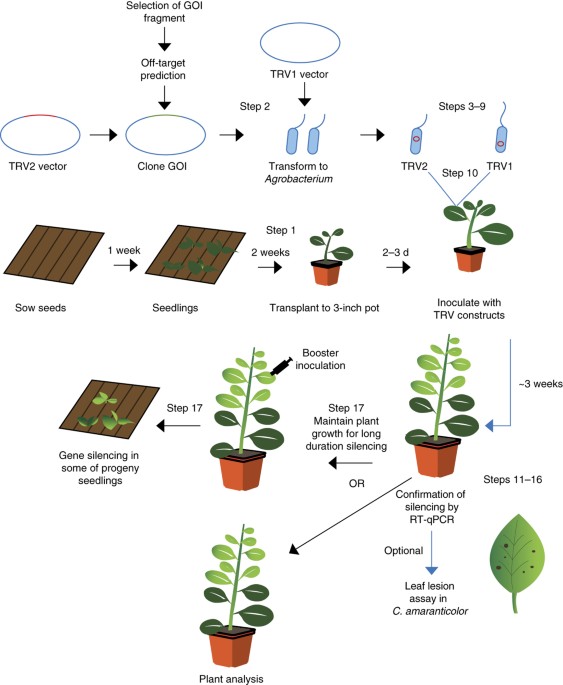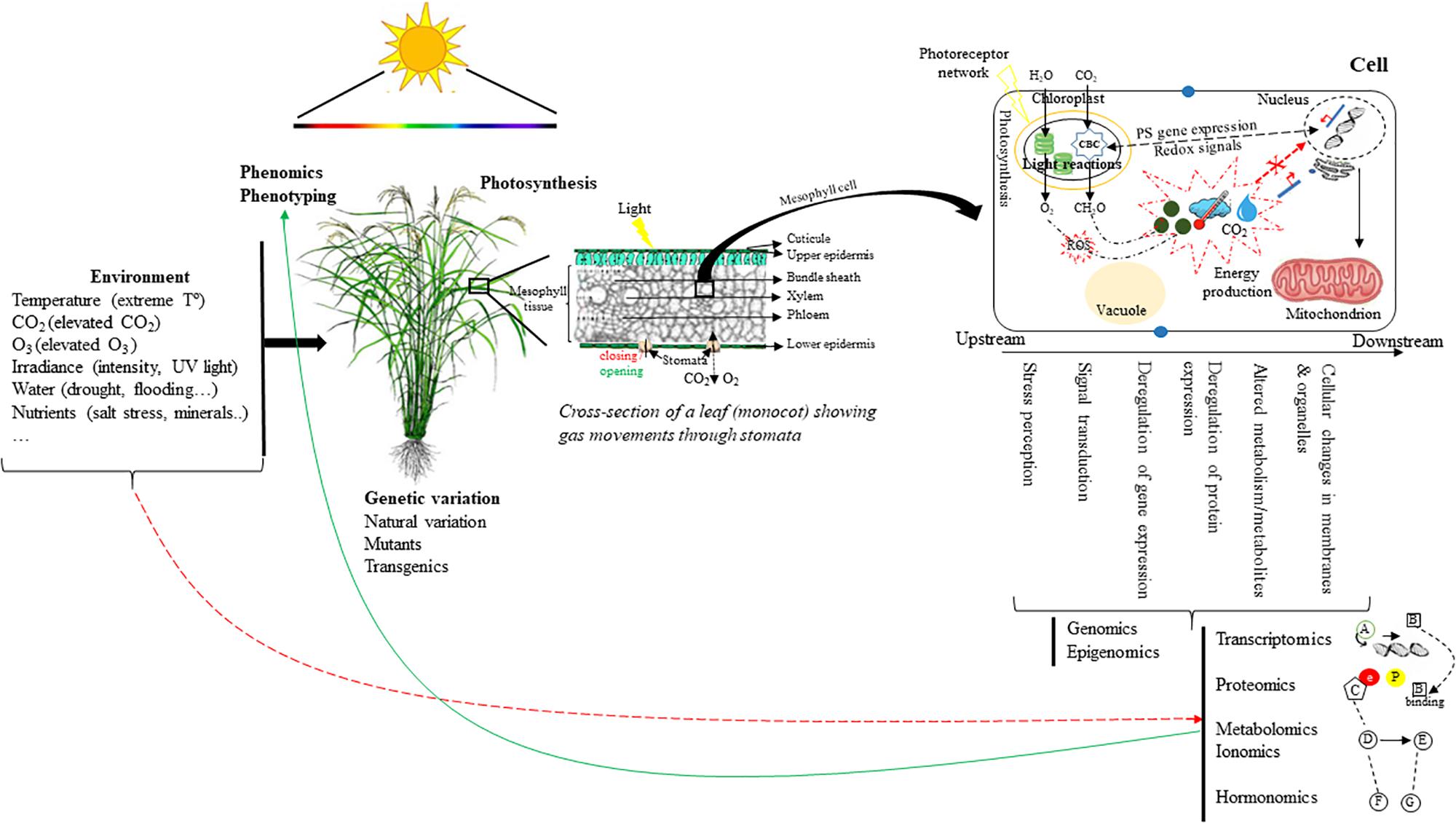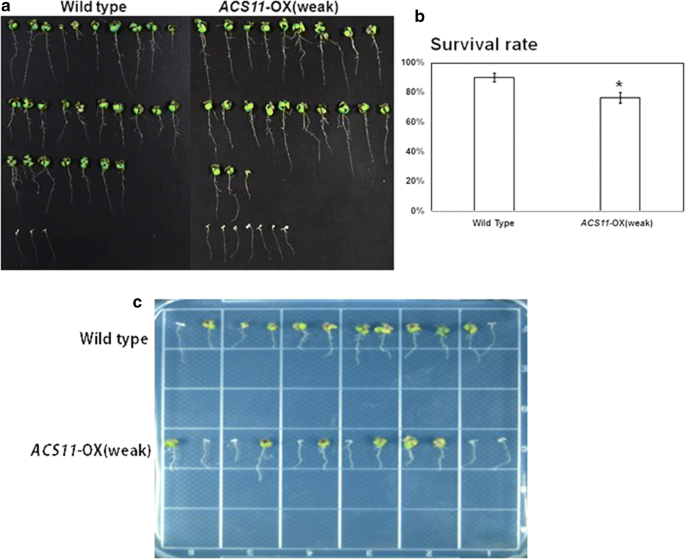The study used data collected in 29 connecticut municipalities with more than 680 000 residents in total and included information on rooftop solar panel installations.
Use crispr to design solar panel with chlorophil.
The chlorophyll was extracted using ethanol.
Supersonic electrons could produce future solar fuel.
This is how to make the mysterious solution from the solar cell from a leaf videos.
Hence there is potential for its use in dye sensitized solar cells.
There is potential for new chemical based economies in which we store renewable energy as fuels and support new devices making up an internet of things.
Because chlorophyll can t separate electrons and holes.
Inside every leaf and blade of grass chlorophyll molecules power tiny chemical factories that transform the energy in sunlight into sugars trees and plants need to grow.
In a few years it ll be possible to stir some grass clippings into a bag of cheap chemicals.
Various attempts have been undertaken to.
A researcher at mit has created solar panels from agricultural waste such as cut grass and dead leaves.
Hoping to replicate that factory nc state professors jon lindsey and gregory parsons are working on a solar cell technology that uses organic materials.
The study used data collected in 29 connecticut municipalities with more than 680 000 residents in total and included information on rooftop solar panel installations.
Reported 0 9 photoelectric conversion efficiency of dssc using chlorophyll extracted from wormwood and electrolyte containing lii and 4 tert butylpyridine in acetonitrile acn.
Solar panels are manufactured at 2 000 c a temperature so high it requires fossil fuel power they are also made using rare earth elements the supply of which has both capacity and political issues a new and global project is using artificial intelligence ai to rapidly create new designs with new materials that can make their manufacture greener and cheaper.
The researchers ran.
China s quest for clean limitless energy.
In photovoltaic panels this is achieved by using a p n junction to keep electrons and ho.
Access to cheap and ubiquitous solar power and storage will transform the way we produce and use power allowing electrification of the transport sector.










